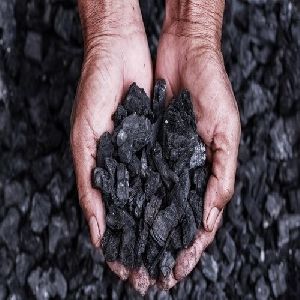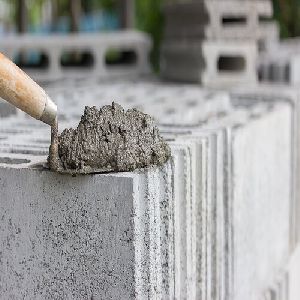
Sarees
500 - 1,000 Per Piece
100 Piece(s) (MOQ)
A sari is a garment from the Indian subcontinent[1] that consists of an unstitched drape varying from 4.5 to 9 metres in length and 600 to 1,200 millimetres in breadth that is typically wrapped around the waist, with one end draped over the shoulder, partly baring the midriff. It is traditionally worn in the countries like India, Pakistan, Bangladesh, Sri Lanka and Nepal. There are various styles of sari manufacture and draping, the most common being the Nivi style The sari is worn with a fitted bodice commonly called a choli and a petticoat called ghagra, parkar, or ul-pavadai. In the modern Indian subcontinent, the sari is considered a cultural icon.
...more
Gold
100 Kilogram (MOQ)
Gold is a chemical element with the symbol Au (from Latin: aurum) and atomic number 79, making it one of the higher atomic number elements that occur naturally. In a pure form, it is a bright, slightly reddish yellow, dense, soft, malleable, and ductile metal. Chemically, gold is a transition metal and a group 11 element.
...more
Coal
500 - 2,000 Per Kilogram
100 Kilogram (MOQ)
Coal is a combustible black or brownish-black sedimentary rock, formed as rock strata called coal seams. Coal is mostly carbon with variable amounts of other elements; chiefly hydrogen, sulfur, oxygen, and nitrogen.
...more
Cement
500 - 2,000 Per Kilogram
100 Kilogram (MOQ)
A cement is a binder, a substance used for construction that sets, hardens, and adheres to other materials to bind them together. Cement is seldom used on its own, but rather to bind sand and gravel together. Cement mixed with fine aggregate produces mortar for masonry, or with sand and gravel, produces concrete.
...moreBe first to Rate
Rate This